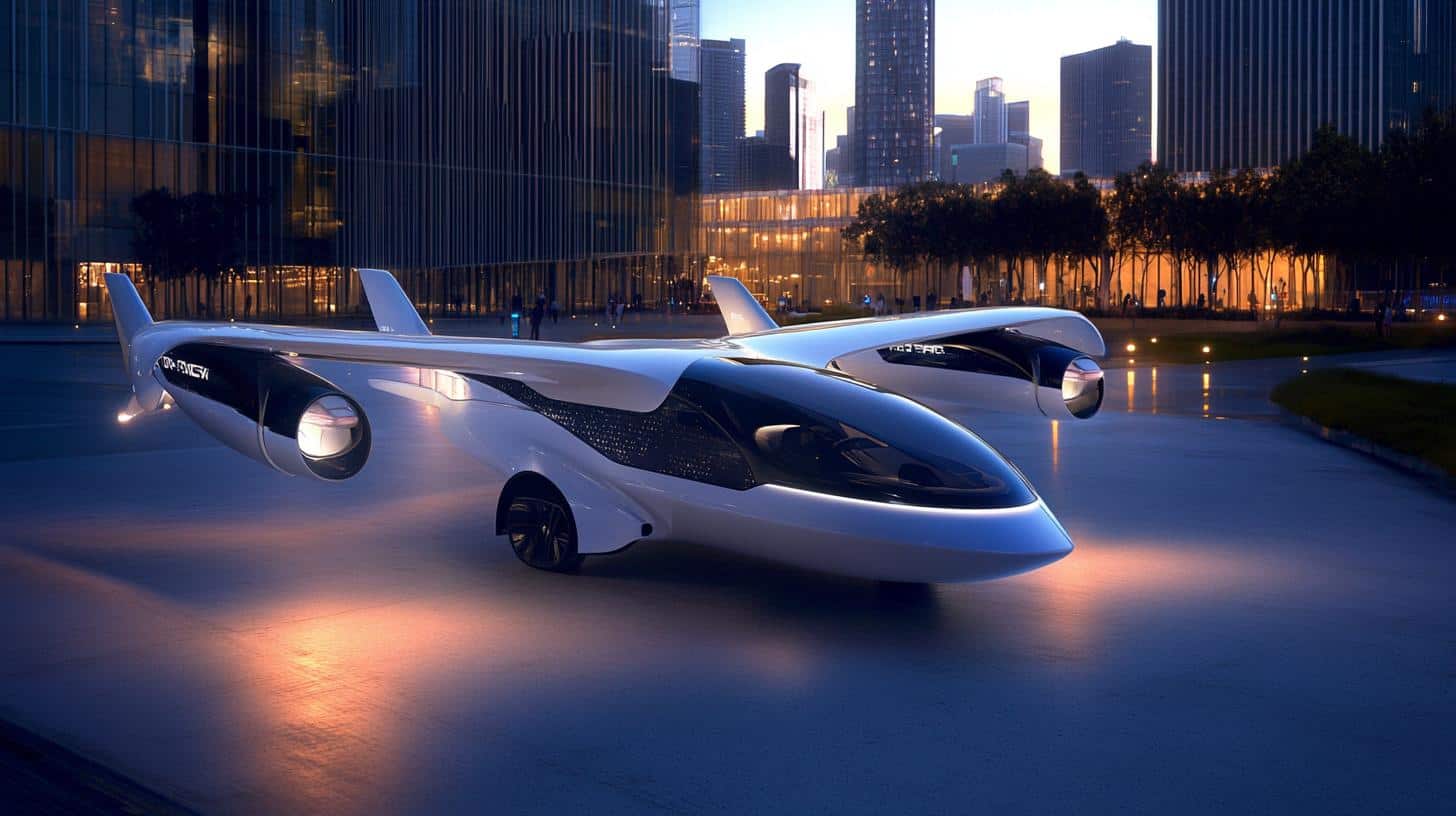The Next Frontier in Urban Travel: Innovations in Flying Cars
In a world continuously pushed towards innovation, flying cars like Xpeng’s Land Aircraft Carrier (LAC) herald a new era in urban transportation. By 2026, these airborne vehicles are expected to alter cityscapes, as Xpeng’s Guangzhou plant aims to manufacture 10,000 units annually.
A Game Changer for Urban Environments
The introduction of flying cars stands poised to reshape urban planning significantly. As ground traffic shifts skyward, traditional city congestion may decline, paving the way for redesigns that favor green parks and pedestrian zones.
The Robust Competitive Landscape
While Xpeng leads with its pioneering LAC model, the flying car market is becoming increasingly crowded with contenders like Terrafugia and AeroMobil. Regulatory bodies such as the International Civil Aviation Organization are beginning to establish guidelines for this advancing technology. Despite this progress, commercialization is fraught with hurdles including safety protocols and environmental impacts, creating a heated debate that balances excitement with skepticism.
Forecasting Challenges and Opportunities
Positive Aspects:
1. Alleviating Traffic: By elevating above congested streets, flying cars promise smoother commutes.
2. Speedy Travel: Reducing travel times offers a boost in daily productivity.
3. Economic Potential: A burgeoning industry around flying automobiles could emerge.
Concerns:
1. Prohibitive Costs: With initial prices around 2 million yuan (~280K USD), these vehicles remain a luxury.
2. Regulation Hurdles: Crafting international air traffic policies for urban settings is complex.
3. Safety and Privacy: Guaranteeing safety and addressing privacy remain key concerns for urban air mobility.
Looking to the Horizon
A central question remains: “Can flying cars seamlessly integrate into urban life?” While obstacles abound in terms of technology, regulation, and societal acceptance, these futuristic vehicles hold transformative potential. Their environmental footprint hinges on propulsion technology, with electric-powered models suggesting a lessened impact compared to traditional engines. The skybound future envisioned by pioneers like Xpeng is rapidly approaching; whether these vehicles become a staple of urban life will unfold in the coming years, marking the beginning of an era where the skies become just another pathway.
Are Flying Cars Really the Future of Urban Travel?
The advent of flying cars introduces a novel dimension to urban living, beyond the anticipated changes in transportation and city infrastructure. But what are the broader implications for societies and individuals worldwide as these vehicles take to the skies?
Social Implications and Equity Concerns
The potential shift to aerial urban mobility raises pressing questions about accessibility. While flying cars promise to alleviate ground traffic, their high initial cost—around 280K USD—poses an exclusivity issue, potentially widening socioeconomic divides. Will flying cars simply become a tool for the wealthy, further marginalizing those unable to afford such luxury?
The Environmental Equation
While flying cars like Xpeng’s LAC aim for reduced congestion, their environmental impact remains contested. Their benefit hinges on eco-friendly propulsion—electric models could mitigate pollution, but is the energy grid ready for such demand? This remains a critical question as the move towards sustainable urban travel advances.
Safety in the Skies
Safety standards for flying cars are still evolving, with past aviation incidents highlighting the gravity of stringent regulations. Could frequent flying vehicles lead to traffic jams in the sky, or worse, potential aerial accidents? This remains a central concern for regulatory bodies and manufacturers alike.
Opportunities for Innovation and Economic Growth
Despite these concerns, the flying car industry harbors vast economic potential. What ripple effects will this innovation have on job markets worldwide? From manufacturing to air traffic control, new career opportunities could spur economic revitalization in sectors currently under strain.
For more on emerging technologies in urban transportation, check theverge.com and wired.com.







